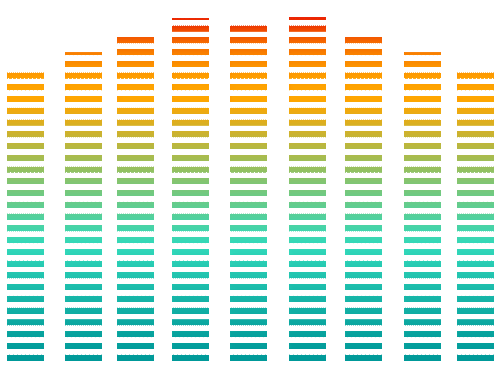Attention Deficit Hyperactivity Disorder (ADHD) is a neurodevelopmental disorder that affects both children and adults. One of the most effective ways to manage ADHD symptoms is through the use of ADHD medicines. This article aims to provide a comprehensive overview of the various types of medications available, their mechanisms, and important considerations for individuals seeking treatment.
Types of ADHD Medicines
ADHD medications can be broadly categorized into two main types: stimulants and non-stimulants. Understanding these categories is crucial for making informed decisions about treatment options.
- Stimulant Medications: These are the most commonly prescribed ADHD medicines and include medications such as amphetamines (e.g., Adderall) and methylphenidates (e.g., Ritalin). They work by increasing the levels of certain neurotransmitters in the brain, which helps improve focus and reduce impulsivity.
- Non-Stimulant Medications: For individuals who may not respond well to stimulants or experience undesirable side effects, non-stimulant options are available. Atomoxetine (Strattera) is a well-known non-stimulant that works differently by selectively inhibiting the reuptake of norepinephrine.
How Do ADHD Medicines Work?
The effectiveness of ADHD medicines largely depends on their ability to enhance neurotransmitter activity in the brain. Stimulants increase dopamine and norepinephrine levels, which are crucial for attention and impulse control. Non-stimulants, on the other hand, primarily affect norepinephrine levels. This difference in mechanism can lead to varying responses among individuals.
Considerations When Using ADHD Medicines
While ADHD medications can be highly effective, several factors should be considered:
- Individual Response: Each person may respond differently to medications. It is essential to work closely with a healthcare provider to find the most suitable option.
- Side Effects: Common side effects of stimulant medications may include insomnia, decreased appetite, and increased heart rate. Non-stimulants may cause fatigue or gastrointestinal issues.
- Long-term Use: The long-term effects of ADHD medicines are still being studied. Regular follow-ups with a healthcare provider can help monitor any potential issues.
Complementary Approaches to ADHD Treatment
In addition to medication, many individuals benefit from therapy and coaching. These approaches can provide valuable support in managing ADHD symptoms. For more information on therapy and coaching options, visit Mindful Health.
Conclusion
Understanding the different types of ADHD medicines is crucial for effective management of the disorder. By exploring both stimulant and non-stimulant options, individuals can make informed decisions about their treatment. Always consult with a healthcare professional to determine the best course of action tailored to individual needs.





